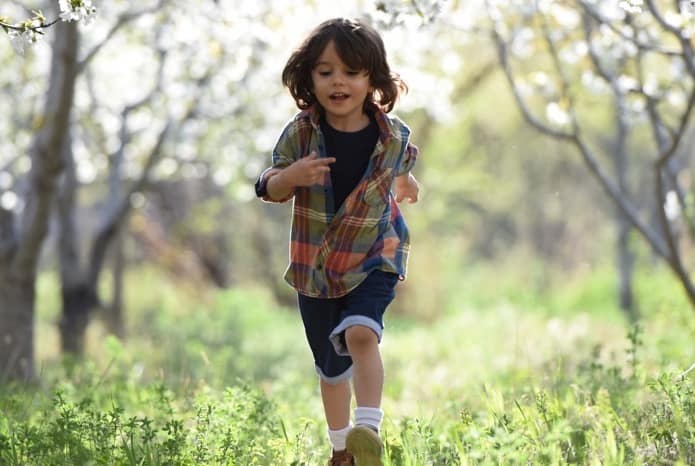A new study in Demark explores how children who grow up with green surroundings may have a decreased risk of developing various mental disorders later in life.
A group of researchers investigated whether there is an association between exposure to green space during childhood and improved mental health in adulthood. They analyzed green space presence using satellite data to find how much green space individuals were surrounded by from birth to the age of 10. The study included more than 900,000 Danish people studied from 1985 to 2013.
As a result, the researchers found that high levels of green space during childhood were associated with improved mental health later in life. The risk of mental illness for those who lived with the least amount of green space during childhood was up to 55% higher than those who lived with the most amount of green space. Even after accounting for factors such as urbanization, socioeconomic factors, parental history of mental illness, and parental age this association held true.
The study defined mental health disorders as the following: substance abuse disorders, specific personality disorder, borderline type, and intellectual disability risk were mostly associated with parents’ socioeconomic status, while mood disorder, single and recurrent depressive disorder, and neurotic, stress-related, and somatic disorder. There was no consistent sign of green space presence being associated with any particularly sensitive age across all these disorders. They published these results in the journal PNAS.
Green space throughout most of childhood is associated with improved mental health
In particular, there was a stronger association of cumulative green space presence during childhood versus single-year green space presence. As such, the presence of green space throughout most of childhood is important to improve mental health.
The researchers admit that the choice of residential location can be affected by genetics, such as how one study showed that people suffering from schizophrenia lived in denser urban areas, whereas another one did not. As such, gene-environment interactions may influence mental health.
There is also selection bias from parents of higher socioeconomic status choosing to move to greener areas since these families are more likely to afford to live in areas with more green space. Lastly, the researchers discuss how there are factors such as lower-quality green space, higher crime rates, and fewer social advantages in deprived neighborhoods that they did not account for in this study.
Study encourages the development of green spaces in urban settings
Since it is evident that green space during childhood is associated with improved mental health, there needs to be more initiatives to better integrate natural environments into urban planning and childhood life. The number of people who live in urban communities as well as the number of people suffering from a mental health disorder continues to rise, and there is an unmet need to provide more opportunities for exposure to green space during childhood which can improve mental health. In summary, the researchers encourage ways to provide high green space exposure during childhood in sustainable urban planning to improve mental health.
Written by: Tatsiana Verstak, M.S., B.S.
Reference: Engemann, K et al. Residential green space in childhood is associated with lower risk of psychiatric disorders from adolescence into adulthood. PNAS published ahead of print February 25, 2019. https://doi.org/10.1073/pnas.1807504116



